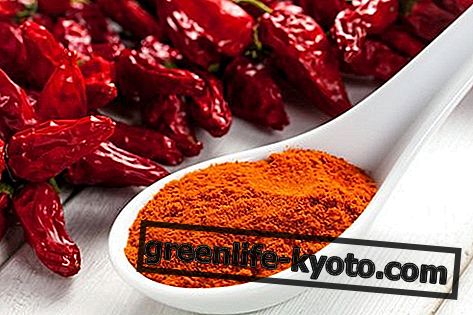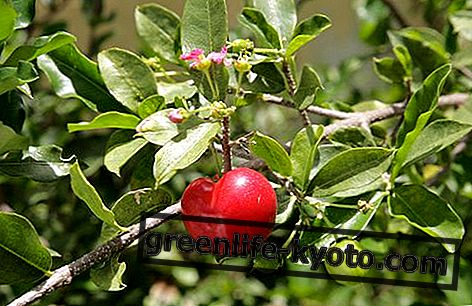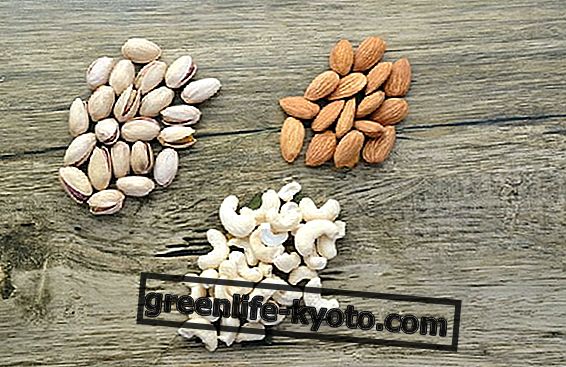
Cumin is a spice typical of Middle Eastern areas and is composed of the fruits of the Cuminum cyminum plant belonging to the botanical family of apiacee such as coriander and other spices.
The cumin plant is rich in essential oils that give it an unmistakable aroma: both the leaves and the fruits are in fact used as flavoring in the kitchen .
In particular, the fruits, similar to small seeds, are collected and dried to then be sold ground into cumin powder .
This spice has been known since ancient times in India, Africa and the Middle East where it is traditionally used in many recipes to flavor dishes .
There are several varieties of cumin such as the Bengalese which has a less elongated shape and Persian black cumin ( Bunium persicum ) which is grown only in Iran and India.
Finally, even in Italy we have a local cumin that grows spontaneously in fields and clearings. Its common name is cumin of the priests or municipalities of the Romans ( Carum carvi ).
Composition of caraway fruits
The fruits of the cumin contain many vitamins in particular are rich in vitamin A, C, E, K and vitamins of the B group .
Also the reserve of mineral salts is high and cumin contains above all iron, sodium, potassium, phosphorus, calcium and magnesium.
Cumin is rich in essential oils, flavonoids and tannins but also in fibers, sugars, fats and proteins .
The flavor of cumin is very similar to that of anise or fennel seeds . The shape of the fruits of these spices is practically identical, being small oblong in shape and of a brownish color. Only the longitudinal ribs and the peduncle help to identify these aromatic fruits.
Properties of cumin: digestive
Cumin is one of the most incisive and effective digestive spice. The use of cumin in the dishes was in fact inserted just to help the digestion of the dishes.
The richness of essential oils stimulates the digestive process leading to the activation and increase of the production of digestive enzymes in the stomach and intestinal tract . In particular, the aromatic cuminaldehyde compound is responsible for the activation of the glands, both salivary in the mouth that help the first part of digestion and those that produce digestive enzymes in the stomach. The presence of thymol also stimulates the glands to secrete acids, enzymes and bile that help the entire digestive process.
The digestive effect is also associated with a strong carminative activity which therefore helps to counteract the problems of intestinal gas and flatulence . The essences in cumin allow the elimination of intestinal gases without any abdominal pain and also stimulate the cleaning of the gastrointestinal tract .
Cumin as well as being used as a spice can be used as a decoction to drink after meals in order to bring these digestive and carminative properties into our body. In addition, together with hot water we obtain the extraction of those active ingredients that help alleviate any stomach pains and even promote the healing of wounds or infections of the gastrointestinal tract.













